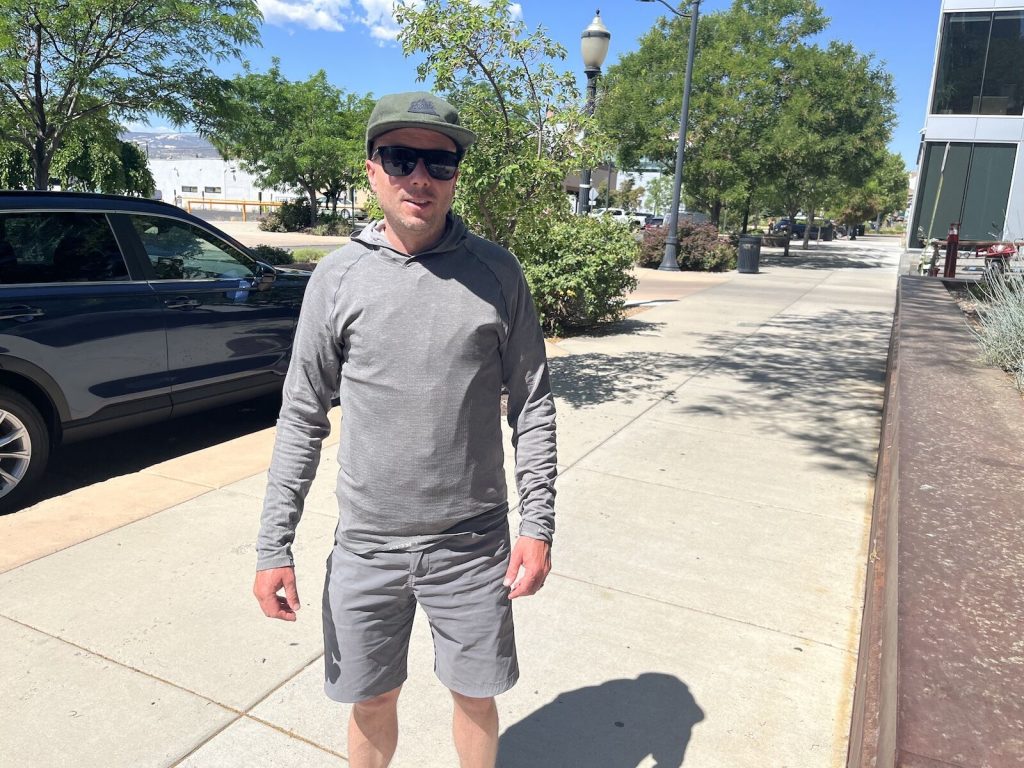Which Outdoor Clothing Materials Actually Keep You Dry and Warm?
Heading outside and not sure what to wear? The right layers and fabrics make all the difference between being cozy or miserable in unpredictable weather. Let’s break down what you really need to know—without the jargon.
Waterproof AND Breathable: The Dynamic Duo
You want to stay dry, but you also don’t want to feel like you’re wearing a plastic bag. That’s where waterproof AND breathable fabrics come in. For a great selection of these fabrics and more, check out sunnysidethreads.com.au.
What Should You Look For?
- Gore-Tex, eVent, or similar membranes: These keep rain out but let your sweat escape. Magic!
- Waterproof-breathable labels: If you see this, you’re on the right track.
- Breathability & waterproof ratings: Higher numbers = better performance (especially for active stuff).
Quick Tips:
- Avoid 100% waterproof with zero breathability (hello sweat-fest).
- Always pair with a moisture-wicking base layer for best results.
Why Wool Rocks in Wet & Cold Weather
Wool isn’t just for grandpa’s itchy sweaters anymore. Modern merino wool is soft, comfy, and a cold-weather superhero.

Wool’s Superpowers:
- Still warm when wet: Unlike cotton, wool keeps you toasty even if you get damp.
- Odor-resistant: Less stink on multi-day trips (your hiking buddies will thank you).
- Moisture management: Pulls sweat away so you don’t feel clammy.
How to Wear Wool:
- Base layers: Go for merino wool for softness and breathability.
- Mid-layers: Thicker wool = more warmth. Look for a tight knit to block wind.
Synthetics: Warmth Without the Bulk
Not a fan of natural fibers? No problem—synthetic insulation has your back, especially if you want lightweight gear.
Why Pick Synthetics Like PrimaLoft or Thinsulate?
- Warm, even if wet: Doesn’t lose insulation power in damp conditions.
- Lightweight & packable: Great for stuffing in your backpack.
- Easy care: Dries quickly, holds up to lots of washes.
Look For:
- Mapped insulation: Thicker where you need warmth, thinner where you don’t.
Down vs. Synthetic: Which One’s for You?
We get it—choosing between down and synthetic jackets can be confusing. Here’s the quick lowdown:
Down:
- Super light and compressible
- Mega warmth (best for cold, dry conditions)
- Doesn’t work well if it gets soaked—unless it’s specially treated
Synthetic:
- Warms even when wet (great for wet or unpredictable climates)
- Bulkier and a little heavier than down
- Tends to be cheaper
Bottom Line:
If you’re expecting dry cold, pick down. If there’s a chance you’ll get rained on, synthetic is safer.
Layering: Your Secret Weapon
Dressing for the outdoors isn’t about one magic jacket—it’s about layers.
The Classic Three-Layer System:
- Base Layer: Moisture-wicking (merino wool or polyester). NO cotton!
- Mid Layer: Insulation (fleece, synthetic puffy, or down).
- Outer Layer: Waterproof/breathable shell (Gore-Tex, eVent, etc.).
Layering Tips:
- Add or remove layers as you heat up or cool down.
- Always start with a dry base layer.
- Don’t be afraid to experiment—everyone’s comfort zone is different!
TL;DR—Quick Cheat Sheet
- Gore-Tex, eVent, or similar = best for staying dry AND comfy
- Merino wool: Warm, even when wet, and fights stink
- Synthetic insulation: Reliable in wet weather, lightweight, easy care
- Down: Super warm and light, but only when dry
- Layer up: Base (wick), mid (warmth), shell (protect)
With the right mix, you’ll stay dry, warm, and ready for whatever Mother Nature throws your way. Happy adventuring!
